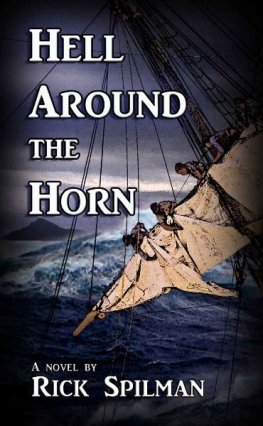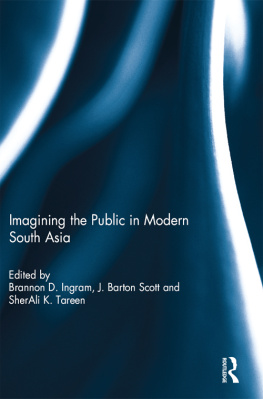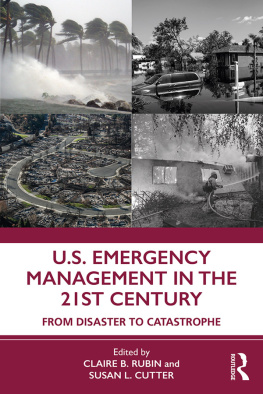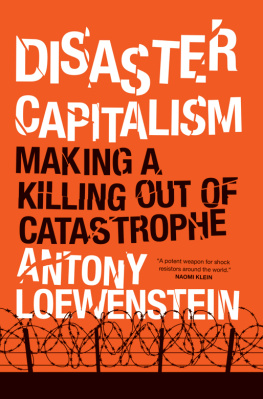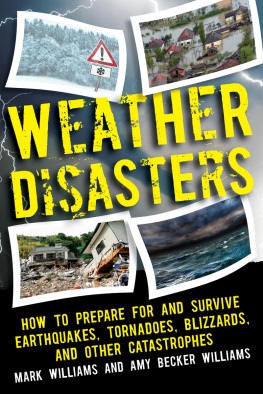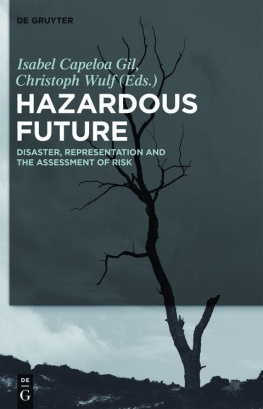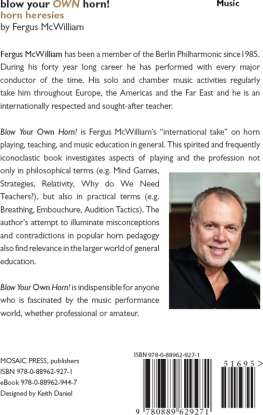Eva Horn - The Future as Catastrophe: Imagining Disaster in the Modern Age
Here you can read online Eva Horn - The Future as Catastrophe: Imagining Disaster in the Modern Age full text of the book (entire story) in english for free. Download pdf and epub, get meaning, cover and reviews about this ebook. year: 2018, publisher: ColumbiaUP, genre: Science. Description of the work, (preface) as well as reviews are available. Best literature library LitArk.com created for fans of good reading and offers a wide selection of genres:
Romance novel
Science fiction
Adventure
Detective
Science
History
Home and family
Prose
Art
Politics
Computer
Non-fiction
Religion
Business
Children
Humor
Choose a favorite category and find really read worthwhile books. Enjoy immersion in the world of imagination, feel the emotions of the characters or learn something new for yourself, make an fascinating discovery.

The Future as Catastrophe: Imagining Disaster in the Modern Age: summary, description and annotation
We offer to read an annotation, description, summary or preface (depends on what the author of the book "The Future as Catastrophe: Imagining Disaster in the Modern Age" wrote himself). If you haven't found the necessary information about the book — write in the comments, we will try to find it.
Eva Horn: author's other books
Who wrote The Future as Catastrophe: Imagining Disaster in the Modern Age? Find out the surname, the name of the author of the book and a list of all author's works by series.
The Future as Catastrophe: Imagining Disaster in the Modern Age — read online for free the complete book (whole text) full work
Below is the text of the book, divided by pages. System saving the place of the last page read, allows you to conveniently read the book "The Future as Catastrophe: Imagining Disaster in the Modern Age" online for free, without having to search again every time where you left off. Put a bookmark, and you can go to the page where you finished reading at any time.
Font size:
Interval:
Bookmark:
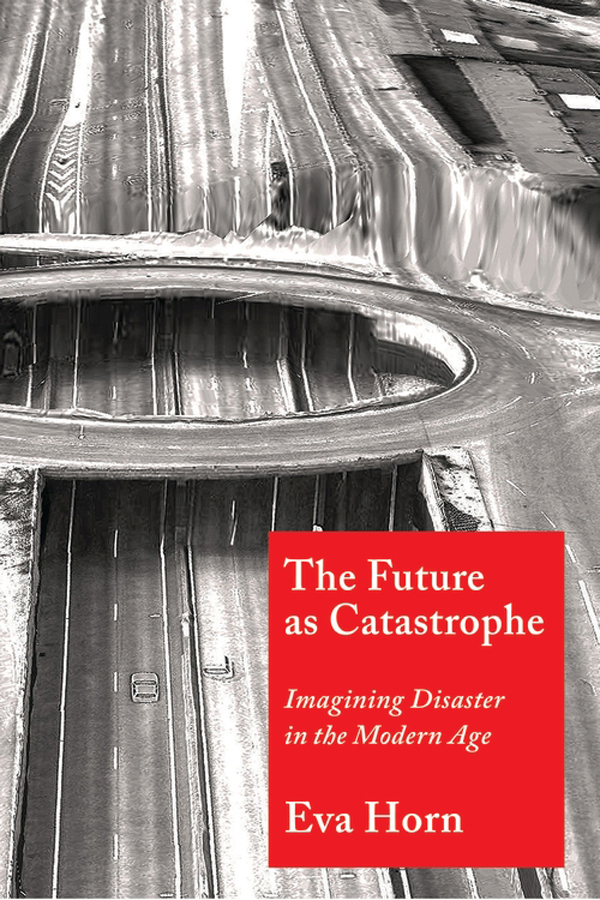
THE FUTURE AS CATASTROPHE
THE FUTURE AS CATASTROPHE
IMAGINING DISASTER IN THE MODERN AGE
________
EVA HORN
TRANSLATION BY VALENTINE PAKIS
Columbia University Press
New York

Columbia University Press
Publishers Since 1893
New York Chichester, West Sussex
cup.columbia.edu
Copyright 2018 Columbia University Press
Originally published in German as Zukunft als Katastrophe (Frankfurt: Fischer, 2014).
All rights reserved
E-ISBN 978-0-231-54795-6
Library of Congress Cataloging-in-Publication Data
Names: Horn, Eva author. | Pakis, Valentine A. translator.
Title: The future as catastrophe : imagining disaster in the modern age / Eva Horn; [translated by Valentine Pakis].
Other titles: Zukunft als Katastrophe. English
Description: New York : Columbia University Press, 2018. | Includes bibliographical references and index.
Identifiers: LCCN 2018008908 (print) | LCCN 2018022545 (ebook) | ISBN 9780231188623 (cloth : alk. paper) | ISBN 9780231188630 (pbk. : alk. paper)
Subjects: LCSH: FictionHistory and criticism. | Disasters in literature. | Future, The, in literature. | Disaster filmsHistory and criticism. | Future, The, in motion pictures.
Classification: LCC PN3352.D57 (ebook) | LCC PN3352.D57 H6713 2018 (print) | DDC 809/.933582dc23
LC record available at https://lccn.loc.gov/2018008908
A Columbia University Press E-book.
CUP would be pleased to hear about your reading experience with this e-book at .
Cover design: Noah Arlow
Cover image: Peder Norrby
CONTENTS
T he idea of dealing with our sense that the future that is headed toward disaster first came to me in 2008, in the moment of the financial crisis. I was struck by the feeling that we were all waking up to a future that was less and less predictable and that we could not ever prepare for. As a literary scholar, I wanted to know more about the cultural history of this feelingand found that it had been there all along, accompanying modernitys trust in an ever-brighter future like a dark shadow. Many friends and colleagues, students, and interlocutors have left their traces in this book, in the form of arguments and objections, encouragements, challenges, or generously offered ideas.
Early on, Nitzan Lebovic invited me to a conference in Tel Aviv on the Politics of Time, giving me an occasion to present some rough ideas on the aporias of foreknowledge. He also pointed out to me the biopolitical subtext of many disaster movies. Friedrich Balke had me come to Weimar to discuss some of these ideas further within the context of film and media theory. Michle Lowrie invited me to a conference on Security at NYU in 2009, where I discussed my reading of 12 Monkeys and was introduced to John Hamiltons ideas on the topic. Three years later, Michle gave me the occasion to discuss my thoughts on Byron at the University of Chicago with her, Eric Santner, David Wellbery, and Anselm Haverkamp, who gave me a better understanding of the darkness of Byrons anthropology. An early encouragement to write on the future from a humanities perspective came from Harald Welzer. Ulrich Brckling, whose ideas on prevention were crucial for parts of this book, gave me an excellent commentary on . The first reader of the books German manuscript was Isak Winkel Holm in 2013, who was so knowledgeable on the entire subject that, having met him only late in the writing process, I briefly wished to start all over again. He saved me from that impulse by giving me a brilliant and thorough commentary on my early manuscript. Pl Kelemen and his students, by inviting me to Budapest during the last stages of writing in 2013, helped me strengthen the general outline of my book. My students in Vienna, accompanying the development of my book at various stages, forced me to clarify many details of my readings and the books historical narrative. Through his continuing encouragement and insistence, my editor at Fischer Verlag, Alexander Roesler, was crucial in eventually getting the book to the finish line. My assistant, Martina Sess, brought the manuscript into a shape that finally started resembling a book.
This is a shortened and updated translation of my book Zukunft als Katastrophe , which came out in German in 2014. I wish to thank Wendy Lochner for her confidence in me as an author new to Columbia University Press. I am grateful to the two anonymous reviewers who made excellent suggestions on how to change the manuscript for the English edition. Ben Robinson oversaw my editing and secured the image rights. His comments helped make the English version a shorter, more concentrated version of the German edition.
Writing about the future as catastrophe is challenging, intellectually and otherwise. I dedicate this book to those who have taught me how to dwell in the present: my friends.
THE WORLD WITHOUT PEOPLE
A man is speeding through Manhattan in a sports car, racing down Fifth Avenue toward Midtown. Although it is daytime, the streets are empty. Cars are parked on the side of the road, but otherwise nobody is there. A suspicious amount of grass is growing through the cracks in the asphalt. The camera pans high above the rooftops, and we see that the man is the only person in the city and that his car is the only thing moving, its motors distant humming the only sound. In Times Square, the grass is shoulder high, and deer are grazing. What was once a flurry of crowds, advertisements, and chaotic traffic is now overgrown, peaceful in the afternoon light of an Indian summer.
The opening credits of the film I Am Legend (2007) are like the fantasy of a weary city dweller: a deserted metropolis, plants overrunning the eternally busy streets. Complete silence. ).
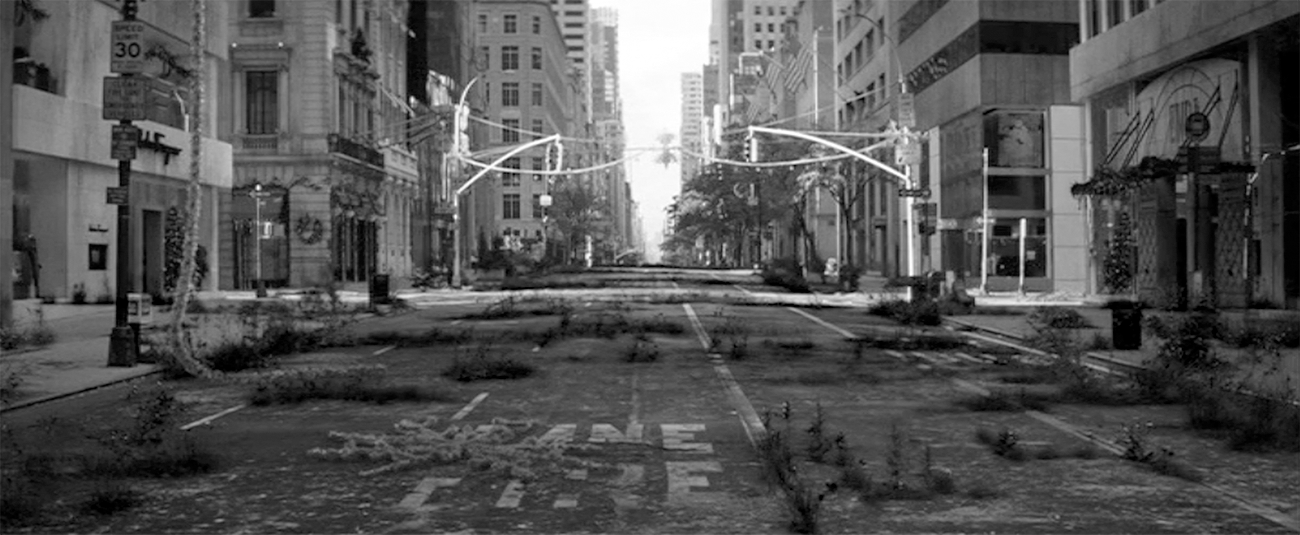
FIGURE 0.1 New York after the end of humankind: Fifth Avenue overgrown with plant life.
Source : Still from I Am Legend (2007).
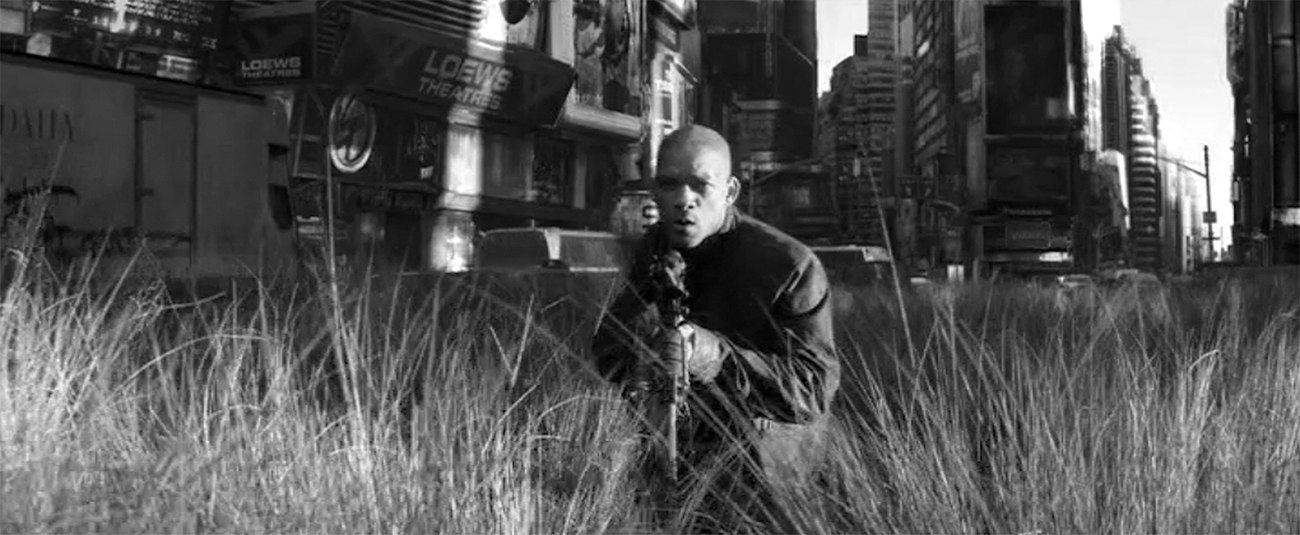
FIGURE 0.2 Humans go, the wilderness returns. The last man, Dr. Robert Neville (Will Smith), hunting deer in Midtown Manhattan.
Source : Still from I Am Legend (2007).
In recent years, the image of a world without people has gained a symptomatic popularity. In his nonfiction bestseller The World Without Us (2007), Alan Weisman has imagined the future decay of cities and infrastructure in the wake of mankinds extinction. Weismans book was so popular that it inspired the television series Life After People (History Channel). The book describes locations abandoned by humanity, showing how quickly houses and prominent architectural landmarks deteriorate after the departure of the humans who maintain them. Concrete will crumble; steel cables, snap; and bridges, fall apart. Weeds will grow rampant, and animals will shelter in our high-rises. Weisman presents a picture of a world finally relieved of the pressure placed on it by humanity:
Look around you, at todays world. Your house, your city. The surrounding land, the pavement underneath, and the soil hidden below that. Leave it all in place, but extract the human beings. Wipe us out, and see whats left. How would the rest of nature respond if it were suddenly relieved of the relentless pressures we heap on it and our fellow organisms?
Font size:
Interval:
Bookmark:
Similar books «The Future as Catastrophe: Imagining Disaster in the Modern Age»
Look at similar books to The Future as Catastrophe: Imagining Disaster in the Modern Age. We have selected literature similar in name and meaning in the hope of providing readers with more options to find new, interesting, not yet read works.
Discussion, reviews of the book The Future as Catastrophe: Imagining Disaster in the Modern Age and just readers' own opinions. Leave your comments, write what you think about the work, its meaning or the main characters. Specify what exactly you liked and what you didn't like, and why you think so.

